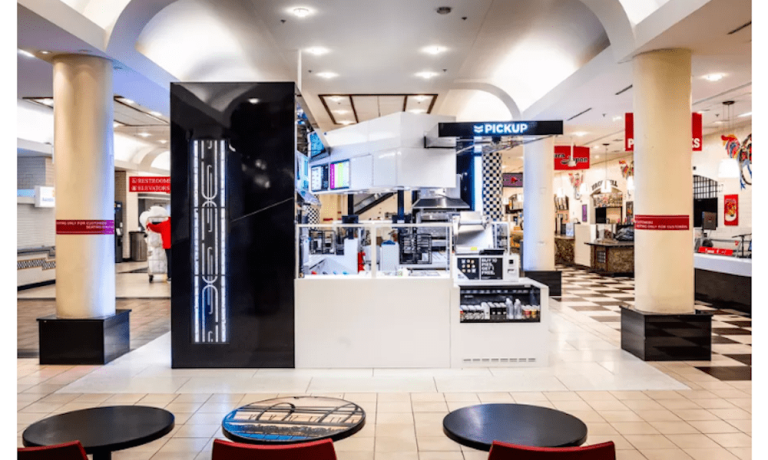
Most businesses, particularly new businesses, advertise their intention to be “different,” unique” or to “stand out from the crowd.” That is more or less to be expected, and those phrases come pre-loaded into the new business starter kit.
But few go with the term “fearlessly weird” as &pizza (pronounced “and pizza”) Co-Founder and CEO Michael Lastoria has done with his business — a term he first coined in an interview with QSR Magazine.
“People more and more are looking for that,” Lastoria noted in an interview, “versus something that’s more vanilla or more generic. People want your weirdness. You need to do so much more than that, because things are changing rapidly. Brands need to be fearlessly weird. You can no longer just do something a little different or a little better than what someone else is doing.”
Lastoria, before setting out as an entrepreneur, was an advertising executive — and certainly has a flair for dramatic descriptions. But he is not wrong about the rapidly-changing world of fast casual dining and quick service restaurants (QSRs), nor is he exaggerating the degree to which &pizza is certainly a differently take on the slice.
The firm behaves a bit differently than other brands. During the government shutdown, for example, many establishments began offering furloughed workers discounts, free drinks or free combinations or sides. But &pizza, on the other hand, gave away the main product — whole large pizzas, first at lunchtime and then at dinner. Overall they ended up handing over about 30,000 free pizzas, or $300,000 in merchandise.
Perhaps a bit more of a standout however, is the chain’s varied approach to offering up the pizza itself. It got its start the way most pizza joints do, with brick-and-mortar locations. But as Lastoria said, the problem with brick-and-mortar is that it is time-consuming to build, and costly. It is also not suited for all locations. So &pizza is expanding — to pre-fabricated pizza cubes and pizza trucks.
What is a pizza cube? It’s a prototype design by &pizza that can fit easily into small “random” locations where the chain would like to expand, but which are difficult to enter. The cubes are ventless, flexible, can be assembled in a few days and only take up about 300 square feet. The can spit out about 300 pizzas in an hour.
“It greatly opens up our possibilities of expansion, particularly into random spaces like Union Station where we have been trying to enter for years,” Lastoria said.
Moreover, he noted, from a dining perspective the cubes offer the same menu customers can find in any of &pizza’s 34 locations. They even have roughly the same number of staff, so the service experience remains consistent whether a consumer walks into a cube or a store. Guests can also order ahead through their desktop or mobile app.
The brand has also been focused on building out high-tech pizza trucks — something like cubes on wheels — to be able to offer more flexible service to busy urban markets. The overall goal, he said, is to be able to place as many as 10 shops, four or five cubes and two or three trucks in particularly dense urban markets.
It’s an unusual expansion plan, Lastoria said, but it has the benefit of being a fast one; one much faster than if the company was committed to achieving the same level of market penetration by building brick-and-mortar shops alone.
And more important, he noted, the company can offer the consumer the experience when they want it, including grabbing a slice and getting on the move. The most important part of that experience, he said, is speed and experience — particularly if you can layer it on top of a product the customer already knows and trusts.
Is it fearlessly weird? That might be a bit of an overstatement. But it is out of the box — even if that out-of-the-box thinking did end up landing squarely in the middle of a cube.